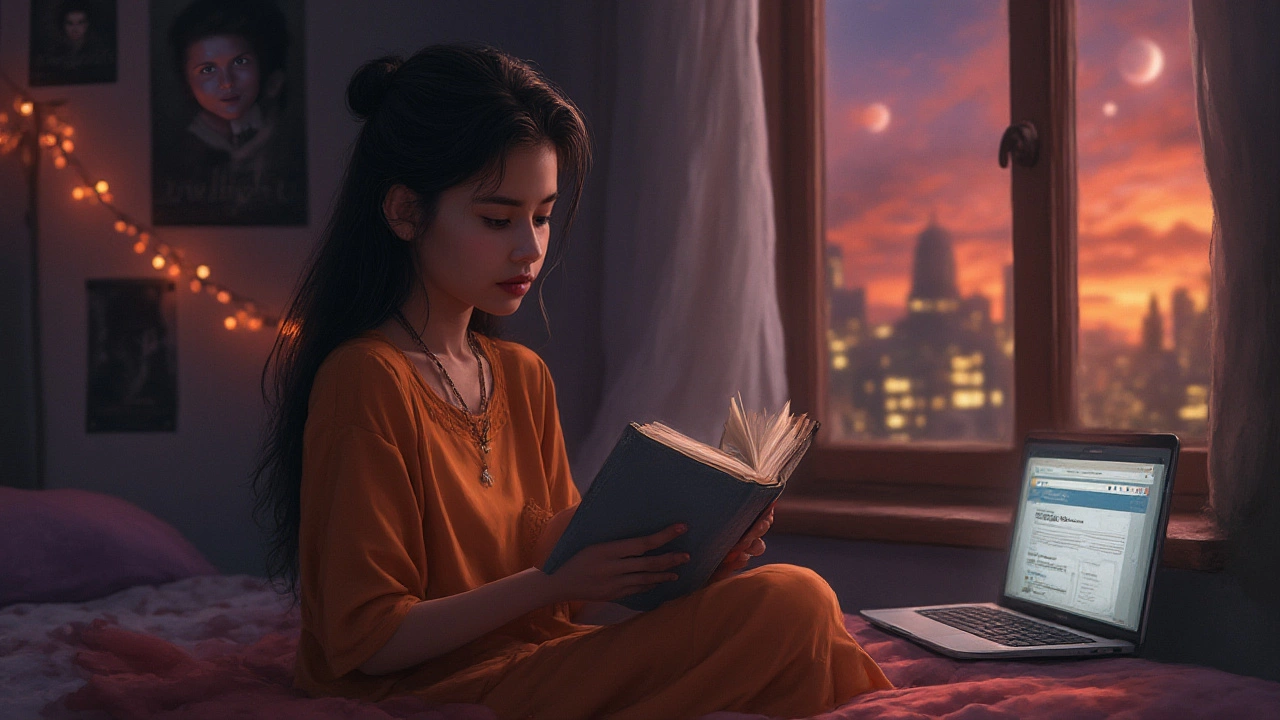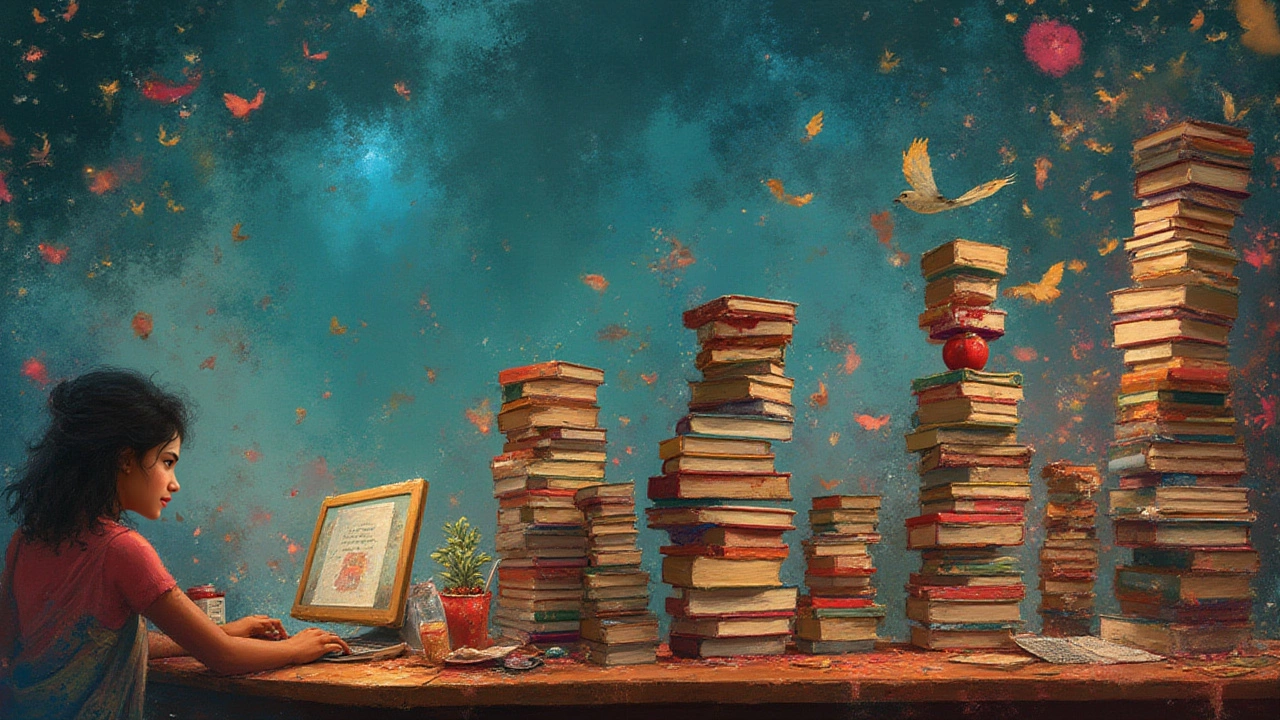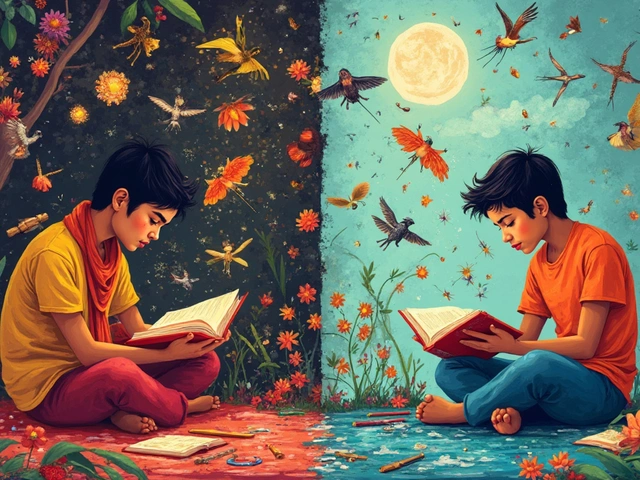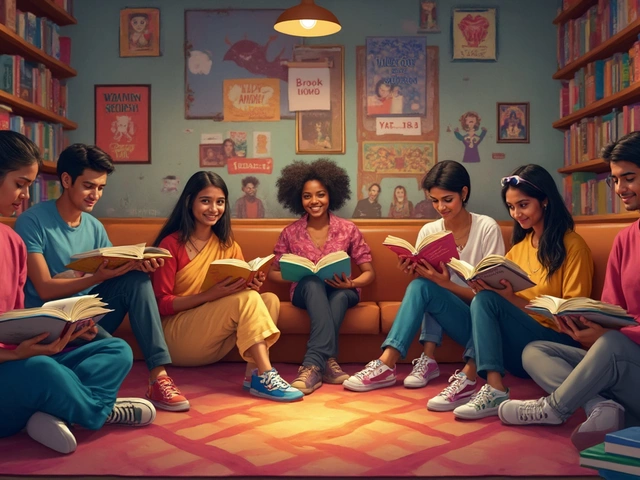
Back in 2011, a book called 50 Shades of Grey shot up bestseller lists, made bookstore clerks blush, and triggered heated debates at dinner tables everywhere. But here’s something most hardcore fans and critics might not know: the so-called original story wasn’t exactly original. The roots of 50 Shades of Grey are tangled up in the world of vampire fanfiction — and that’s where things start getting very interesting.
The Origin: From Twilight Fanfiction to Global Phenomenon
So, what novel is 50 Shades of Grey based on? The short, jaw-dropping answer: Twilight by Stephenie Meyer. Yes, that sparkling vampire saga with Bella and Edward. Back around 2010, E.L. James was swept up in the Twilight fan community, which was massive and thriving online. She wrote a piece of fanfiction called “Master of the Universe,” featuring a character called Christian (originally ‘Edward’) and Anastasia (originally ‘Bella’), reimagining the supernatural romance into a spicy, adult story loaded with explicit content and intense emotions. Instead of vampires, James gave us a billionaire with a secret fetish.
The lines between Twilight and 50 Shades were never blurry for those inside the fanfiction world. At first, “Master of the Universe” lived freely on sites like FanFiction.Net and later on personal blogs, gathering thousands of loyal readers who devoured new chapters as fast as James could post them. The story had all the elements that made Twilight addictive: the brooding, controlling man; the shy, inexperienced woman; the heavy dose of longing and danger. But James dialed up the heat in a way Meyer never did.
Eventually, the story was taken offline, scrubbed of any direct Twilight references, the characters got new names, and it morphed into the 50 Shades trilogy. If you read both series back-to-back, you spot echoes everywhere. Christian’s obsessive behavior, Ana’s clumsiness, the “contract” scenes— even minor moments— get their DNA from the world Stephenie Meyer created.
This isn’t hearsay. James herself admitted her work’s origin in interviews. As she put it in a 2012 Entertainment Weekly chat, “I wrote [50 Shades] as fanfiction… It was a love letter to Twilight.” Rather than hide from its roots, she built her success on them, and the world’s publishing industry would never be the same.

Fanfiction’s Leap: The Birth of a Publishing Revolution
It’s wild to think one of the highest-selling adult novels of all time started as Twilight fanfic. But 50 Shades wasn’t just another fan story— it was the poster child for something bigger: the “pull to publish” movement. Before E.L. James, fanfiction writers turned out mountains of stories just for their own circles. After 50 Shades, publishers started diving headfirst into fan communities, hoping to find the next viral sensation.
Multiple publishing houses scrambled to ride the wave. You’ve got publishers like Random House and Simon & Schuster frantically seeking similar stories: fast track deals, big advances, movie tie-ins, the works. Suddenly, a genre known as “New Adult” took off, targeting readers looking for something more mature than YA but less stiff than traditional romance or erotica. Here’s the kicker: a 2012 Bowker report found romance fiction sales grew faster than any other fiction genre that year— a leap driven mostly by “mommy porn” books riding 50 Shades’ coattails.
Let’s break it down a bit. According to a 2012 Time article, romantic and erotic e-books shot up in popularity. Amazon and Barnes & Noble reported a surge of self-published romance titles, many with roots in fan writing. E.L. James didn't just open a door—she took down a whole wall, letting thousands of writers step into the mainstream. Some, like Anna Todd’s After series (fanfic based on One Direction), scored huge publishing deals and movie adaptations too. Suddenly, publishers had to ask: What if the next bestseller is hiding in a fan forum?
For writers, this was both liberating and a little overwhelming. E.L. James proved that it’s okay to remix and reshape stories. She wasn’t the first, but she was definitely the loudest. Every time a Twilight fan groaned about “cheap ripoffs,” someone else championed James for proving that fan communities had creative gold to offer. Writers who were told “real books don’t start as fanfiction” now had the last laugh.

Unpacking the Formula: Why Did 50 Shades Capture the World?
It’s easy to joke about “bad writing” or snark about cheesy dialogue, but there’s a reason E.L. James’s book became a mass-market juggernaut where so many others failed. To understand 50 Shades, you need to peel back the layers and see what resonated so strongly with so many people.
First, the story taps into classic romantic fantasy, but with a modern, adult twist. Ana’s journey—discovering new worlds, crossing boundaries, falling for someone dangerous—parallels the appeal of stories like Twilight and even Cinderella. But unlike those fairytales, 50 Shades takes all the longing and tension and cranks it to eleven. Readers aren’t just looking for good prose. They want to feel something intense, and that’s where James delivers.
Second, the timing was perfect. Early 2010s culture was ready for a provocative, guilty pleasure. Book clubs, driven by word-of-mouth and a little taboo, grabbed it as their new badge of rebellion. Even people who didn’t usually read romance books bought it to see what the fuss was about. Fun fact: according to Vintage Books, 50 Shades of Grey sold over 100 million copies worldwide by 2015, with translations in more than 50 languages. That’s no accident. Simple writing, fast pacing, and cliffhangers at the end of every chapter became catnip for readers.
Third, the digital age mattered. Half a decade earlier, there’s no way a story like 50 Shades would’ve exploded the way it did. E-books and discreet downloads made it possible for people to read something risqué on the train or in bed without blushing at the checkout counter. That’s a huge shift. In fact, Nielsen BookScan reported more than 30% of the trilogy’s sales were digital, unheard of for a new mainstream series at the time.
If you drill down, you also see why fanfiction roots work. The relationship between Ana and Christian is deliberately larger-than-life. The power dynamic is bold, the emotional stakes are obvious, and the writing style—short, direct, repetitive almost to a fault—echoes the way fanfic writers hook their audience. James kept her finger on the pulse of what her readership wanted: swoony angst, memorable lines, and a love story that felt both escapist and just believable enough to get lost in.
You can even spot the impact in the publishing industry’s numbers:
| Year | Romance/Erotica Sales (Billion USD) | Notable 50 Shades Milestone |
|---|---|---|
| 2009 | 1.37 | 50 Shades not yet published |
| 2012 | 1.44 | 50 Shades trilogy tops bestseller lists |
| 2015 | 1.44 | Movie adaptation released |
The numbers don’t lie. 50 Shades didn’t just surf a trend; it boosted the entire market for adult romance and erotica, especially on digital platforms.
Thinking about diving into the controversial world of 50 Shades yourself? Or maybe you’re itching to see how it contrasts with Twilight? Here’s a tip: start with the “Master of the Universe” archives if you can find them through fan forums or digital archives. They’re unofficial and a bit rough around the edges, but you’ll see how James evolved her story—and her style—between drafts.
One last thing for would-be writers: don’t write off fanfiction as a waste of time. Today’s guilty pleasure could be tomorrow’s publishing gold. Embrace your weird ideas, remix your favorite stories, and don’t be afraid to let your writing find its audience in places nobody expects. It worked for E.L. James. Why not you?


